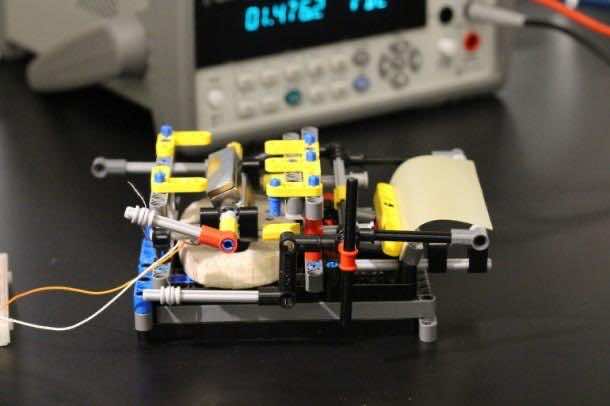With water evaporation being added to the list of renewable energy sources, we just might be looking at the world’s largest power source. But is it too good to be true? The latest addition to types of electrical generators is of one which employs bacterial spores to generate power and taps into an unexplored power source. The generator was introduced by Ozgur Sahin, Ph.D.
“If you think about all the ice on top of Mt. Everest – who took this huge amount of material up there? There’s energy in evaporation, but it’s so subtle we don’t see it,” he explained.
Dr. Sahin has carried out a tremendous amount of study which involved his work at Harvard’s Rowland Institute, followed by Wyss Institute and then his most recent study which was carried out at Columbia University. Dr. Sahin collaborated with others as well. L.Mahadevan is a member of Wyss Institute Core Faculty and the other doctor is from Loyola University Chicago Stritch School of Medicine by the name of Adam Driks. He along with his fellow researchers claim to have created a prototype electrical generators with rubber sheets attached to them, which show visible physical movement in response to changes in humidity stimuli, owing to a coating of bacterial spores on them. These generators just might be the solution to our energy crisis.
Dr. Mahadevan was previously working on similar problems. However, he was tackling the physics of it and this study was dug out to be used for the project which led them into characterizing how materials are deformed because of moisture. The results of this study gave him the idea of how evaporating power could be harnessed into energy. Their observation was based on Bacillus subtilis which is basically a soil bacterium and dries up to become a wrinkled, resistant dormant spore. However, when absorbing water, these spores can then be immediately restored to their original shape.
This remarkable ability to shrink reversibly brought the researchers to the conclusion that these spores were somehow storing energy. The next step was to measure the energy being stored by these spores. In an attempt to do that, Sahin made a solution containing spores and coated a miniature, flexible silicon plank assuming that he would be able to measure the force caused by humidity in a customized atomic force microscope. However, to his astonishment, the plank began to curve and straighten in response to the slight humidity changes from his breath. He didn’t even need to get it under the microscope.
“I realized then that this was extremely powerful,” said Sahin.
Powerful just might have been an understatement. Sahin discovered that upon changing the humidity from that of a sunny day to a humid day, the force generated by a flexible, spore-coated plank could be a 1,000 times more powerful than that by a human muscle. In other words, this is 10 times greater than materials currently used to build actuators. Sahin also calculated that moistening 1 pound of dry spores will be able to generate force that will suffice to lift a car by about a meter from the ground.
After discovering just how powerful a force these spores could generate, Sahin set out to determine the most suitable and promising material for a spore-coated actuator. After testing silicon, rubber, plastic, and adhesive tape, he finally decided that it was rubber. He then carried on to come up with a generator that is humidity driven and built from LEGOs, a magnet, a miniature fan and a cantilever which has been coated with spore. The generator produces electricity due to the rotating magnet, which is in turn is driven by the spore cantilever’s motion of flipping back and forth when it responds to moisture.
Sahin admits that while only a fraction of the energy is captured by the prototype, by employing engineering and varying the spores genetically to be stiffer and more elastic, we could significantly increase the efficiency. In fact, during the experiments which were carried out at earlier, Driks provided spores of a mutant strain that proved to be able to store energy twice the amount than normal strains. This leads the researchers to expect electrical generators which will be powered by the changes that occur in humidity from sun-warmed ponds and harbors in the future.
Founding Director, Don Ingber, M.D., Ph.D., Wyss Institute explained, “Solar and wind energy fluctuate dramatically when the sun doesn’t shine or the wind doesn’t blow, and we have no good way of storing enough of it to supply the grid for long. If changes in humidity could be harnessed to generate electricity night and day using a scaled up version of this new generator, it could provide the world with a desperately needed new source of renewable energy.”
The team of researchers, which also included a research associate (Postdoctoral), Xi Chen, Columbia University, reported their work in the journal Nature Nanotechnology.



